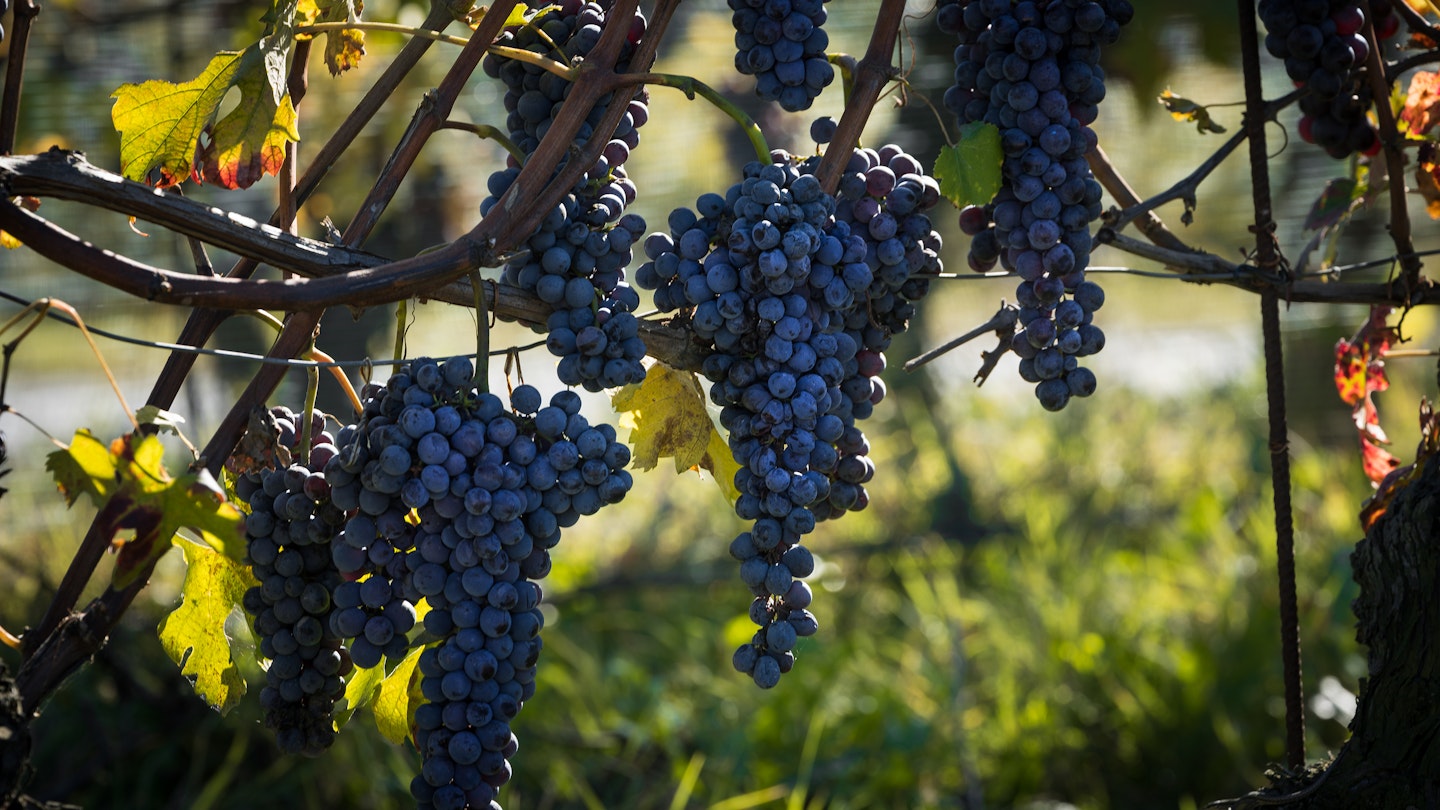Piedmont’s Culinary Delights: A Foodie’s Paradise with iBestTravel
Feasting on local seasonal produce – of extraordinary quality – has been alla moda in Piedmont (Piemonte) since time immemorial. From Alba’s insanely desirable white truffles, snuffed out of the earth by dogs, to noble red wines crafted by multiple generations of Langhe winemakers, this Alps-fringed region in northwest Italy cooks up the ultimate trip for epicureans. With a staple larder bursting with hedonist delicacies, this is the moment to loosen your belt and dig in.
Chocolate in Baroque Turin
Strolling the streets of Piedmont’s capital Turin (Torino) is an intoxicating affair. Baroque piazze (squares) and kilometres of soulful old porticoes fringing majestic boulevards demand Instagram snaps at every turn. Royal palazzi attract unabashed admiration. And then there’s the chocolate that has to be savoured, devoured, in every guise: as custard-thick hot chocolate in a historic chandeliered cafe on Piazza Castello; in a decadent glass of bicerin (hot chocolate, espresso, and whipped cream) amid 18th and 19th-century gilded bling; wrapped around a walnut heart or liqueur-soaked cherry at a legendary chocolate shop.
Birthplace of modern chocolate, it was in Turin that Europeans refined the gritty bitter cacao drink as an aphrodisiac by the Aztecs in Mesoamerica and mastered the art of crafting chocolate into wrapped bars. In 1563, Duke Emanuele Filiberto returned home to the Savoy capital, pockets full of cocoa beans, and so Turin’s unfaltering artisan chocolate-making tradition took root. During the Napoleonic Wars (1803-15), when cocoa beans were in short supply, savvy 19th-century chocolatiers blended cocoa with their own high-quality, sweet hazelnuts from the green Langhe hills southeast of Turin to make gianduja – a velvety chocolate-hazelnut spread that later became known as the original Nutella (produced since 1964 in the nearby town of Alba). The world’s first individually wrapped chocolates took off like wildfire in 1865 when local chocolatier Caffarel distributed gianduiotto at the traditional Mardi Gras carnival. A Turinese icon today, these bite-sized chocolate pyramids filled with smooth hazelnut cream are a must-try.
Slow Food in Bra
Turin’s eye-popping architectural grandeur makes Bra – an hour’s drive south – feel small. Yet as the birthplace of the global Slow Food movement, this market town is a place of pilgrimage in northern Italy for foodies. Dining at the world’s first Slow Food restaurant is a taste bud tango through seasonal produce that’s hard to find outside of Piedmont: the region’s quality beef stuffed raw into a curly snail-shaped salsiccia di Bra sausage or marinated and braised as brasato al Barolo, salty robiola di Roccaverano goat cheese paired with honey or mild Bra ripened on a bed of pressed Dolcetto grapes, and veal tongue with veg. Even the grissini (breadsticks) – an Italian table staple – are a devotional nod to Piedmont’s grassroots culinary tradition.
Snails in Cherasco
Snail fiends absolutely have to nip 7km south to Cherasco, known for its lumache (snails) dished up nudo (nude) or out of their shell. They can be pan-fried, roasted on a spit, dressed in artichoke cream, or minced up inside handmade ravioli. The finest spot for molluscan cuisine in the village is an old-timer trattoria (tavern) where snails come laced in spaghetti, paired with piercingly sweet Cervere leeks grown in nearby Cuneo, or stewed with onions, parsley, walnuts, and anchovies to become lumache alla Piemontese.
White Truffles in Alba
Get set for epicurean nirvana unplugged over a plate of tajarin (thin tagliatelle egg pasta) slicked with white truffle shavings in Alba, the Rolls Royce of gourmand destinations 16km east of Bra. No other destination nurtures such fist-sized tartufo bianco (white truffle), unearthed each autumn and early winter by truffle hunters and their dogs in the surrounding Langhe hills. At Alba’s open-air truffle fairs on October weekends, the prized white fungi sell for a price. Hunt truffles, or luxuriate in the rare delicacy at one of Alba’s finest restaurants.
Wine Tasting in the Hills of Langhe
It’s absolutely fitting that gourmet Alba should be sandwiched between two extraordinary wine villages: Barolo, a 20-minute drive south, and Barbaresco, 15 minutes north, both in the Langhe hills. The bold, world-class reds produced from the Nebbiolo grape here are known for their intense bouquet and are among Europe’s sexiest. Enjoy a capricious jaunt through viticulture history and culture at the designer Museo del Vino inside Barolo’s medieval castle, and mingle with winemakers in the village at vintage enoteche (wine bars and cellars) passed between generations. In Barbaresco, taste and buy wine at Enoteca Regionale del Barbaresco.
Anchovies in Alpine Valleys
No single culinary product evokes the humble origins of gourmet-rich Piedmont more than the anchovy – brought into the region from sea-faring Liguria by farmers who, unable to eke out a living from their land in winter, began trading salt-cured anchovies instead. Pungent salty anchovies give a sharp kick to regional classics like vitello tonnato (cold sliced veal in tuna, anchovy and caper cream sauce) and bagna cauda (vegetables dipped in a garlic and anchovy-spiced olive oil fondue), and still dominate grassroots cooking in the remote Valle Maira, located in the province of Cuneo, where many acciugai (anchovy mongers) settled.




